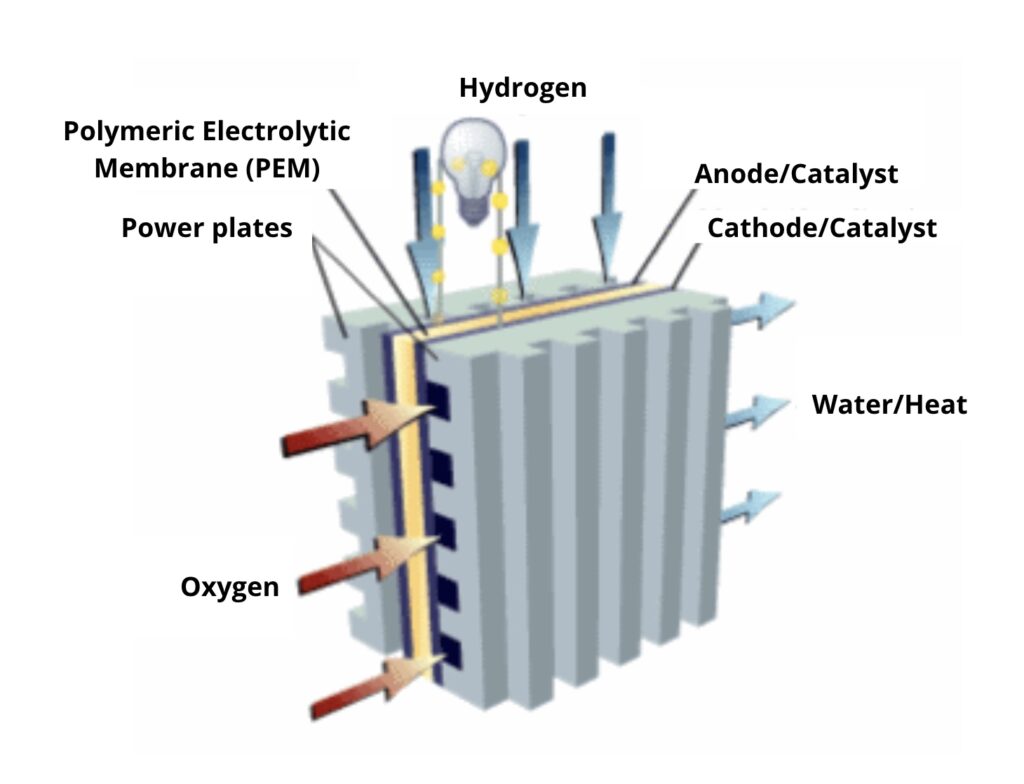The battle against climate change is escalating with the shift towards clean energy, as the energy sector remains a significant source of greenhouse gas emissions. At the University of Western Ontario, innovations are underway to generate clean electricity, with proton exchange membrane fuel cells (PEMFCs) at the forefront. These cells efficiently convert chemical energy into electricity, producing only water and heat as by-products, positioning themselves as a sustainable solution.

However, the reliance on platinum to facilitate the Oxygen Reduction Reaction (ORR) in PEMFCs presents a challenge due to its scarcity and cost. The ORR is crucial for energy production, but platinum is prohibitively expensive for large-scale production.
To overcome this, alternative catalysts that can replace platinum are being investigated. Utilizing resources like the Canadian Light Source, platinum alloys with transition metals and core-shell structures are being explored to enhance reactivity and durability.

Despite advancements, the durability of catalysts remains a challenge. The infusion of cobalt into the surface of catalysts has shown to be a promising solution, creating particles resistant to extreme conditions and the passage of time.
Cobalt-doped palladium-platinum core-shell nanoparticles emerge as a potential revolution in fuel cell technology, pointing towards a more sustainable and enduring energy future. This breakthrough aligns research with the urgent need to combat climate change, replacing fossil fuels with cleaner, more resilient alternatives.











